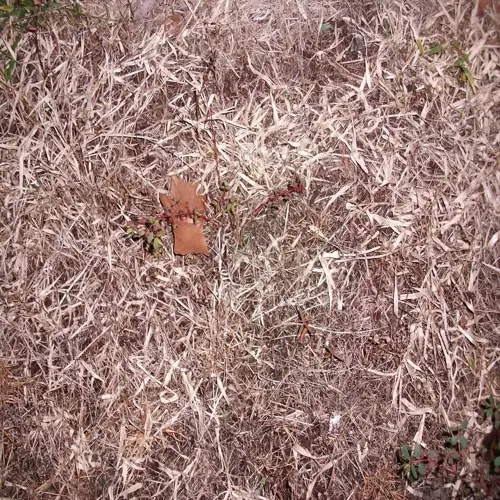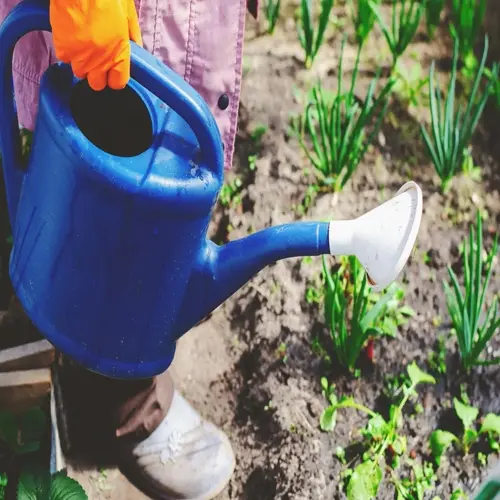What mistakes should I avoid with clay soil?

Written by
Nguyen Minh
Reviewed by
Prof. Charles Hartman, Ph.D.When working with clay soil, it is essential to avoid mistakes that can have lasting consequences. For example, adding sand results in a hardness similar to concrete and suffocates the roots permanently. Tilling wet soil destroys the structure of clay soil for years. I have literally helped thousands of gardeners overcome these mistakes by using proper techniques.
Sand Addition Error
- Sand particles fill clay gaps creating concrete
- Reduces drainage by over 70% immediately
- Causes irreversible compaction lasting decades
- Solution: Use compost instead at 3-4 inch depth
Wet Soil Handling
- Compacts soil structure permanently
- Reduces oxygen levels below root survival threshold
- Creates subsurface barriers to water movement
- Solution: Perform squeeze test before any work
Shallow Amendment
- Creates drainage barriers at root depth
- Causes waterlogging after moderate rain
- Plants drown when roots hit compacted layer
- Solution: Amend to 10-12 inch depth consistently
It only takes a short time for excess fertilizer to create toxic conditions. The excess salts will burn the roots within weeks; they will soon contaminate the groundwater for the long haul. Apply only half of the manufacturer's recommended amount of fertilizer. Consider using slow-release organic fertilizer that will not damage the soil biology or cause runoff.
Plant selection errors lead to needless frustrations. Those plants that are sensitive to water end up drowning in clay, which stores moisture. Instead, look for clay-tolerant species such as day lilies and Viburnum that can flourish in heavy soils. Always work with your soil's natural edges rather than trying to overcome its inherent characteristics.
Read the full article: Clay Soil Amendments: The Ultimate Guide

